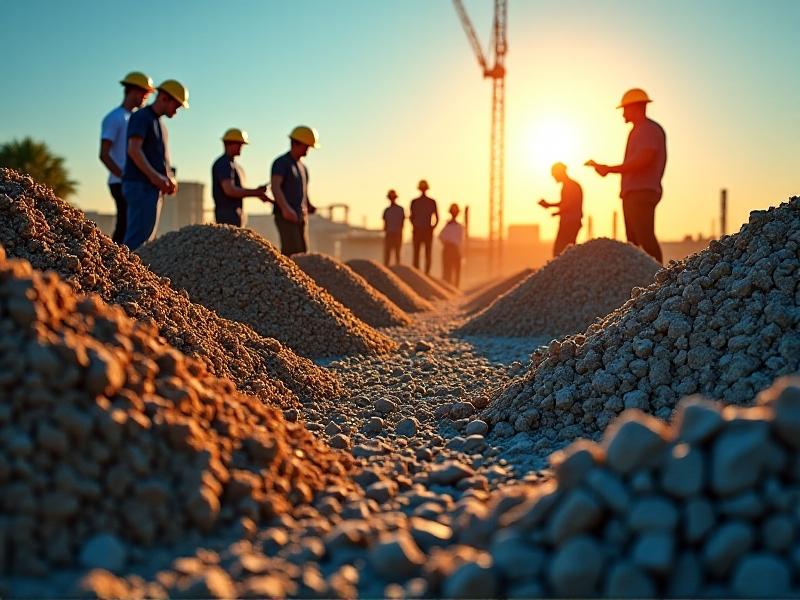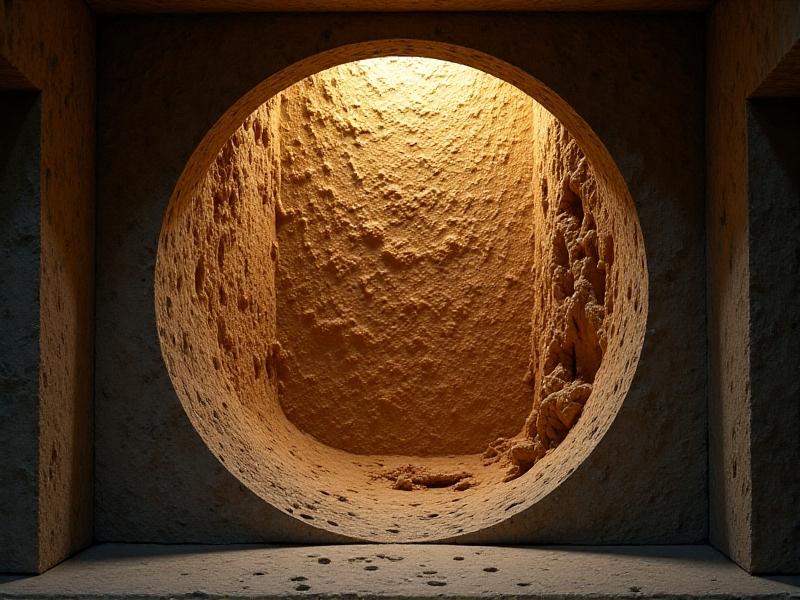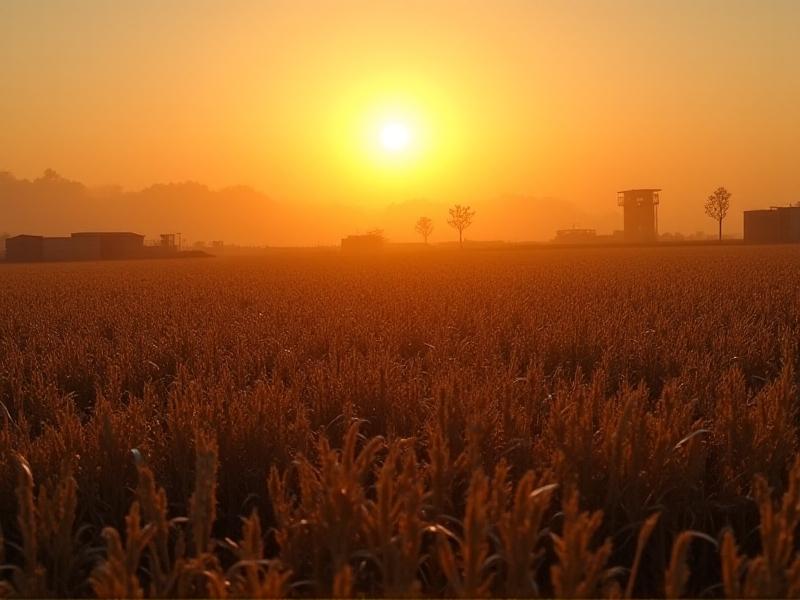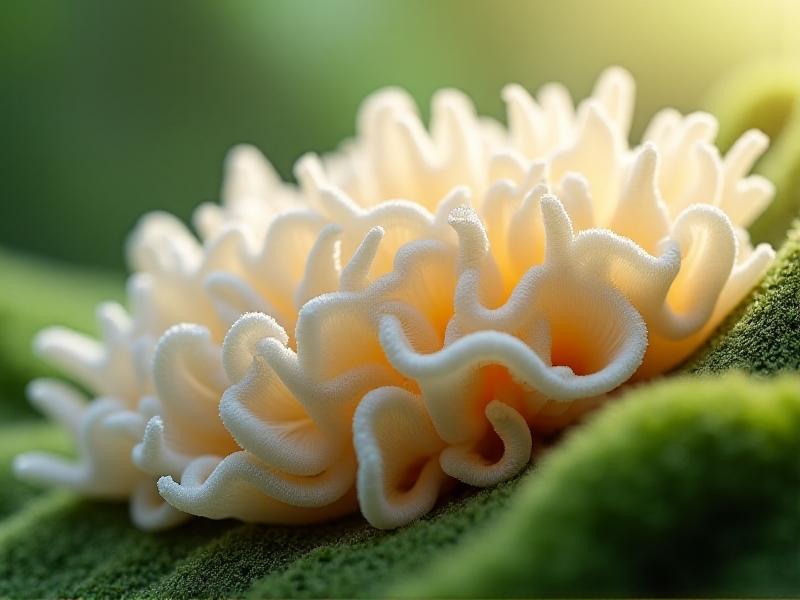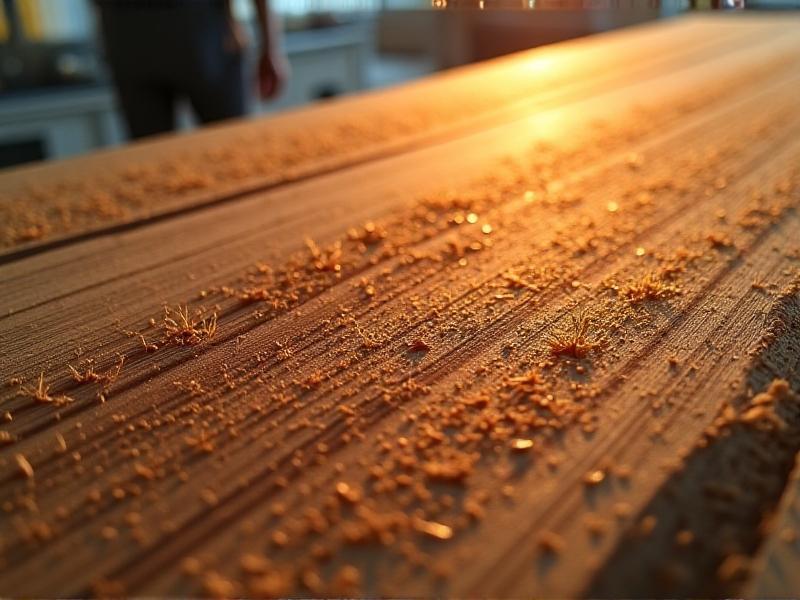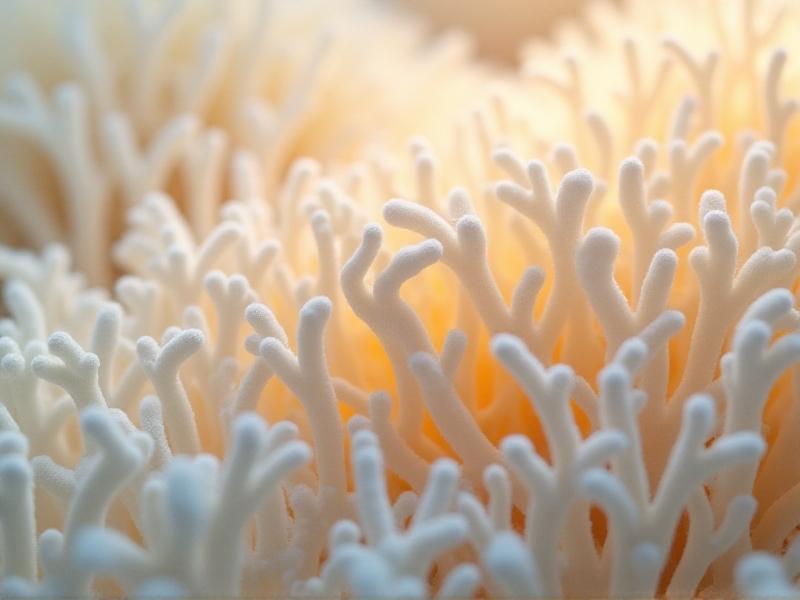Toxicity Screening for Mycological Insulation Off-Gassing
Understanding Mycological Insulation and Its Benefits
Mycological insulation, derived from fungal mycelium, has emerged as a sustainable alternative to traditional insulation materials. This eco-friendly option is biodegradable, renewable, and boasts excellent thermal and acoustic properties. As the construction industry increasingly prioritizes green building practices, mycological insulation has gained traction for its potential to reduce carbon footprints and enhance energy efficiency.
However, like any material, mycological insulation is not without its challenges. One critical concern is the potential for off-gassing—the release of volatile organic compounds (VOCs) or other harmful substances into the indoor environment. Off-gassing can compromise indoor air quality, posing health risks to occupants. This makes toxicity screening an essential step in ensuring the safety and viability of mycological insulation in building applications.
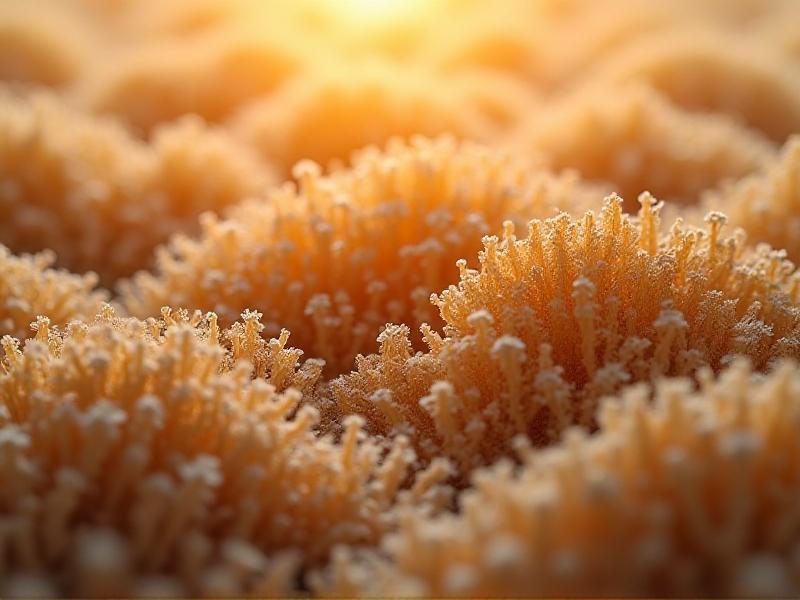
The Science Behind Off-Gassing in Mycological Insulation
Off-gassing occurs when materials release chemicals into the air, often as a result of degradation or exposure to environmental factors such as heat and humidity. In the case of mycological insulation, off-gassing can stem from the breakdown of organic compounds within the mycelium or from additives used during the manufacturing process. Common VOCs emitted during off-gassing include formaldehyde, benzene, and toluene, which are known to cause respiratory issues, headaches, and other health problems.
Understanding the mechanisms of off-gassing in mycological insulation requires a deep dive into its composition. Mycelium, the root-like structure of fungi, is composed of complex carbohydrates and proteins. When exposed to certain conditions, these compounds can decompose, releasing gases into the air. Additionally, binders or treatments applied to enhance the insulation’s durability may contribute to off-gassing. Rigorous testing is necessary to identify and mitigate these risks.
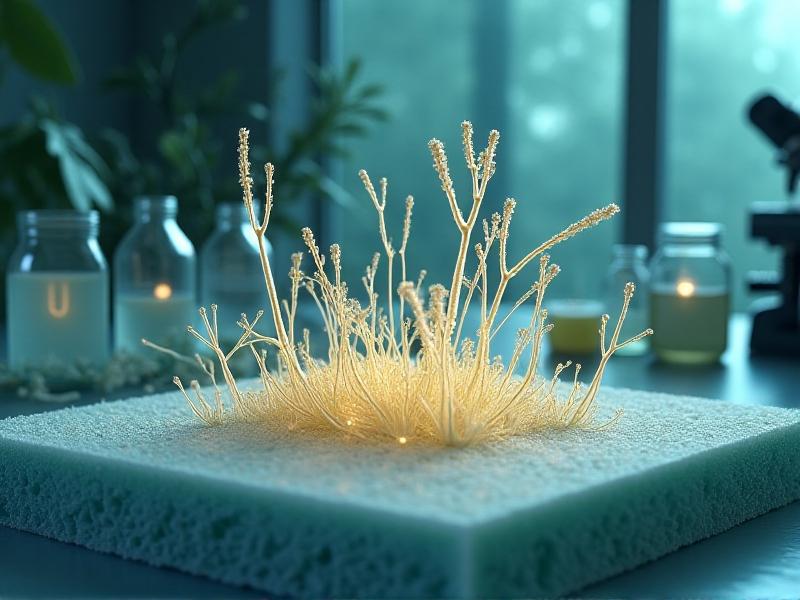
Methods for Toxicity Screening in Mycological Insulation
Toxicity screening for mycological insulation involves a combination of laboratory tests and field studies to assess the material’s safety. One common approach is gas chromatography-mass spectrometry (GC-MS), which identifies and quantifies VOCs emitted by the insulation. This method provides precise data on the types and concentrations of harmful substances released.
Another critical test is the chamber test, where samples of mycological insulation are placed in a controlled environment to simulate real-world conditions. Air quality measurements are taken over time to monitor VOC levels. Additionally, cytotoxicity assays can evaluate the potential health impacts of the insulation by exposing human cells to its emissions. These methods collectively provide a comprehensive understanding of the material’s safety profile.

Regulatory Standards and Certifications for Mycological Insulation
To ensure the safety of mycological insulation, regulatory bodies have established standards and certifications that manufacturers must adhere to. In the United States, the Environmental Protection Agency (EPA) sets guidelines for VOC emissions, while international organizations like the International Living Future Institute (ILFI) offer certifications such as the Living Product Challenge, which evaluates materials based on their environmental and health impacts.
Compliance with these standards requires rigorous testing and documentation. Manufacturers must demonstrate that their mycological insulation meets or exceeds safety thresholds for VOC emissions and other potential hazards. Certifications not only validate the material’s safety but also enhance its marketability by appealing to eco-conscious consumers and builders.
Case Studies: Successful Applications of Mycological Insulation
Despite the challenges associated with off-gassing, mycological insulation has been successfully implemented in various projects worldwide. One notable example is the Hy-Fi Tower in New York City, a temporary structure built using mycelium bricks. The project demonstrated the material’s potential for large-scale applications while adhering to strict safety standards.
Another case study is the MycoWorks facility in California, which produces mycelium-based materials for construction and design. By integrating advanced toxicity screening methods, MycoWorks has developed insulation products that are both sustainable and safe for indoor use. These examples highlight the importance of rigorous testing and innovation in overcoming the limitations of mycological insulation.
Future Directions in Mycological Insulation Research
As the demand for sustainable building materials grows, research into mycological insulation continues to evolve. Scientists are exploring ways to enhance the material’s durability and reduce its potential for off-gassing. One promising avenue is the genetic modification of mycelium to produce more stable compounds that resist decomposition.
Additionally, advancements in nanotechnology may enable the development of coatings or additives that minimize VOC emissions without compromising the insulation’s performance. Collaborative efforts between researchers, manufacturers, and regulatory bodies will be crucial in driving these innovations forward, ensuring that mycological insulation remains a viable and safe option for the future of construction.
Conclusion: Balancing Sustainability and Safety in Mycological Insulation
Mycological insulation represents a significant step forward in the quest for sustainable building materials. Its biodegradability, renewability, and excellent insulation properties make it an attractive alternative to traditional options. However, the potential for off-gassing underscores the need for rigorous toxicity screening and adherence to safety standards.
By investing in research, innovation, and compliance, the construction industry can harness the benefits of mycological insulation while minimizing its risks. As we move toward a more sustainable future, materials like mycological insulation will play a pivotal role in shaping the built environment. The key lies in striking a balance between ecological responsibility and human health, ensuring that our buildings are not only green but also safe for generations to come.
